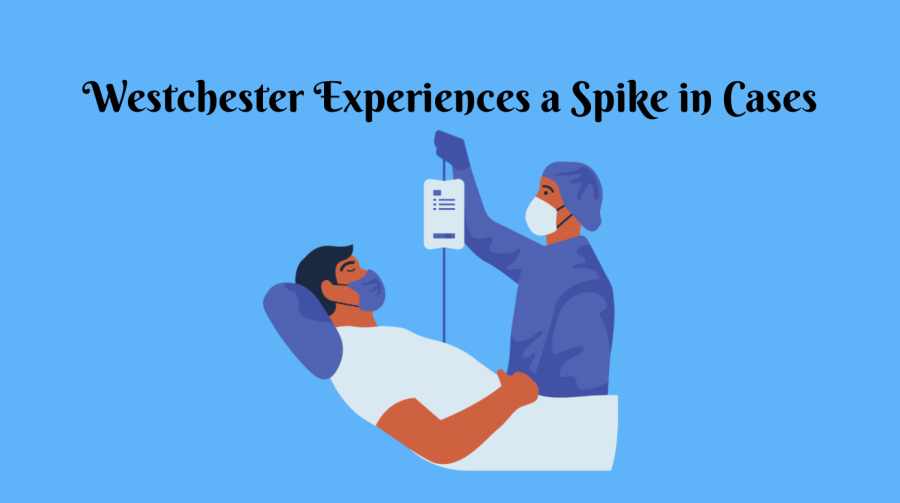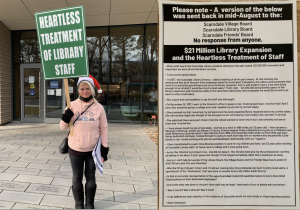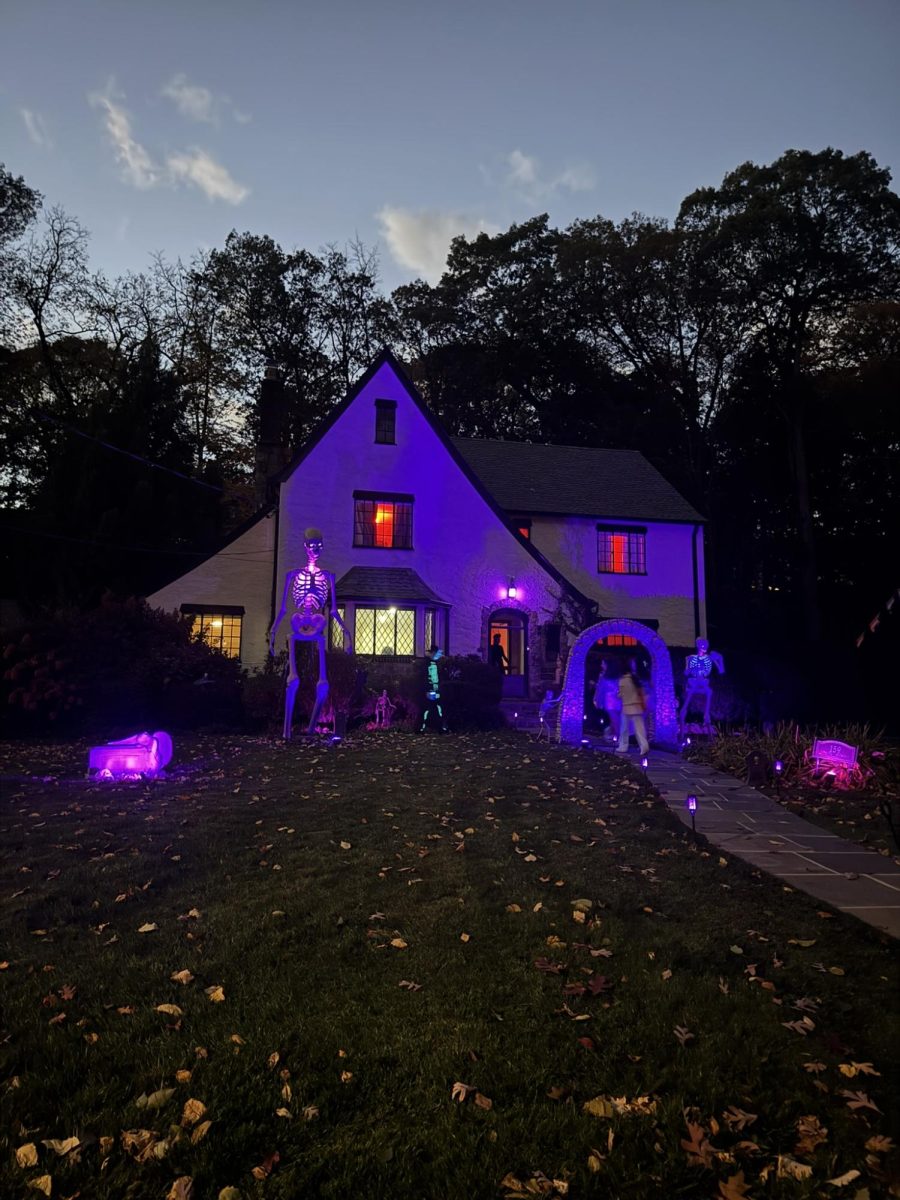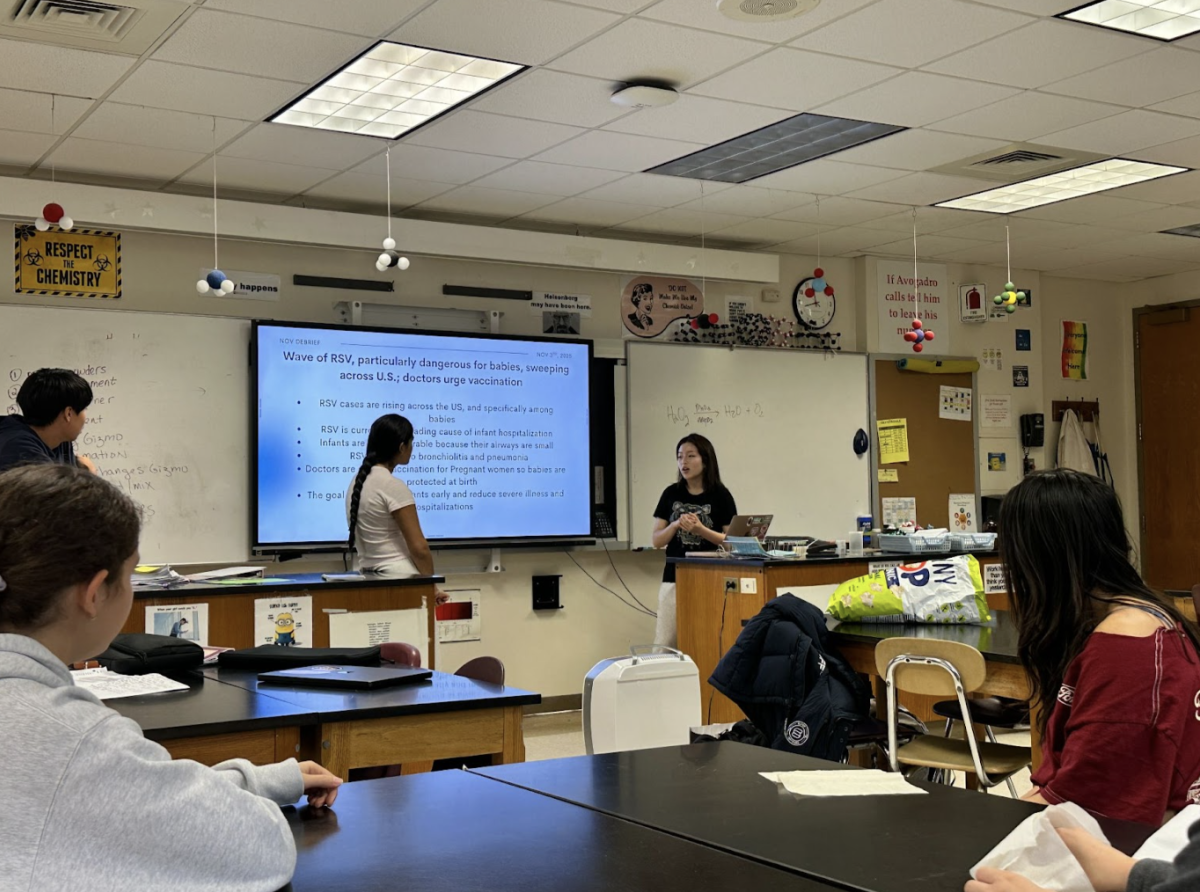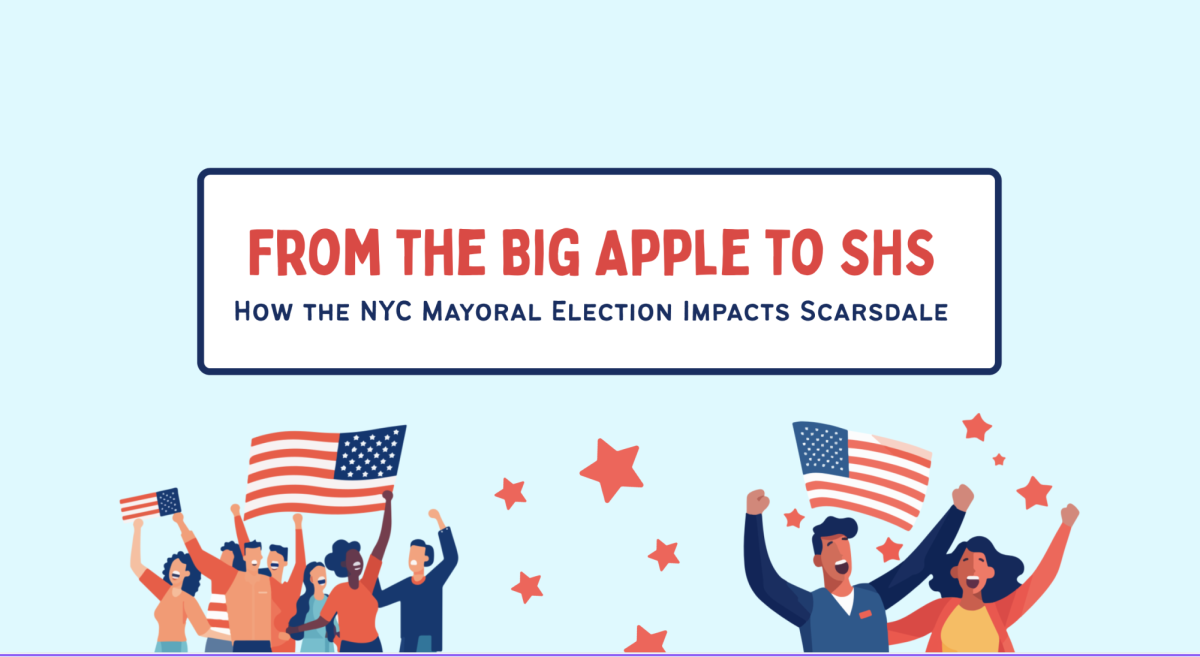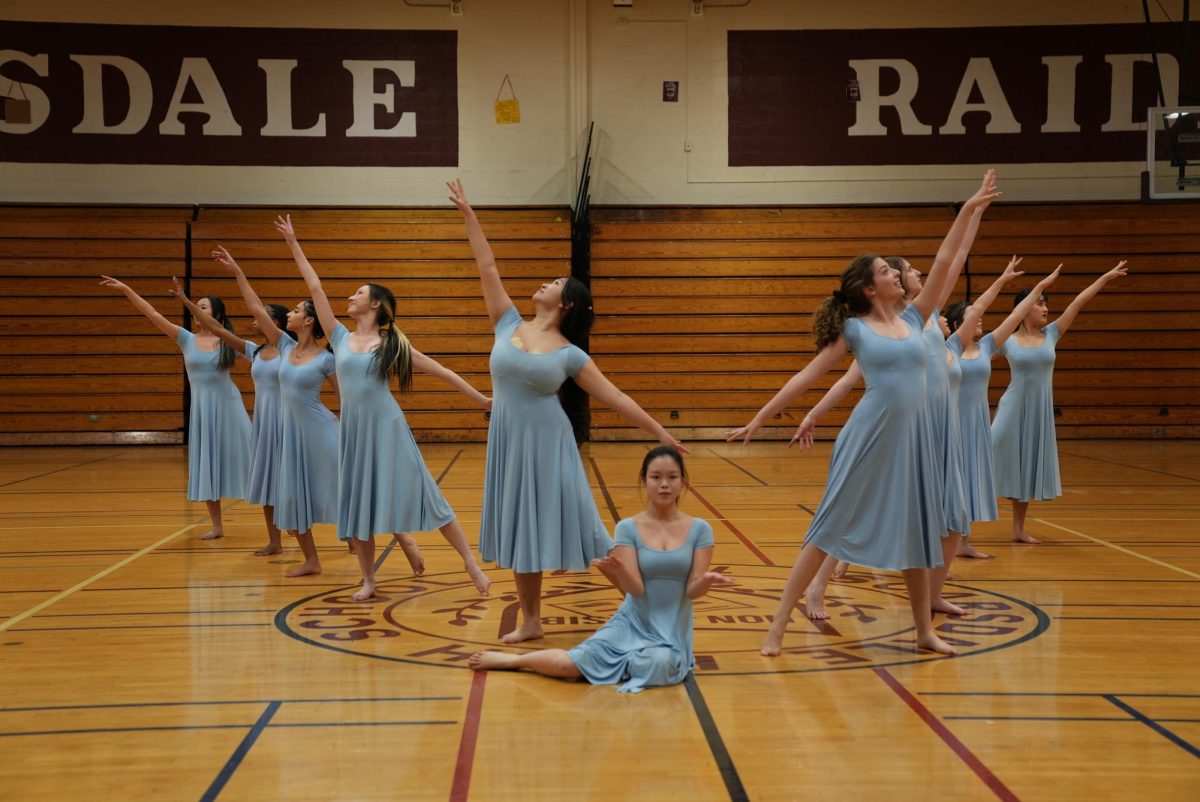Westchester Experiences a Spike in Cases
Scarsdale, along with other Westchester towns, experiences an increase in COVID-19 cases due to the omicron variant.
January 12, 2022
In recent weeks, COVID cases in the nation, specifically Westchester, have risen at a rapid pace. The new Omicron variant poses a new threat, as it is three times as contagious as the Delta variant that emerged earlier in the pandemic. Due to Omicron becoming dominant in the United States, case numbers have skyrocketed, but data also shows that the number of severe cases and hospitalizations do not follow this same trend. This new variant has seemed to mimic the symptoms of a cold or the flu in the vaccinated, which is a good sign for the vaccinated. Immuno-compromised and unvaccinated individuals, however, may still be at high risk.
Recently, at-home COVID-19 tests have become harder to come by in the US. These antigen tests are an important tool for helping to reduce the spread of COVID-19. Their lack of availability poses a risk especially in low-income communities where some may have a hard time paying for PCR testing. These at-home 15-minute tests have been identified as an important public health intervention. President Biden has announced his support for rapid tests and has made many declarations of how his administration would aid the growth in supply. His goal was to double the number of rapid tests from 100 million per month to 200 million by the end of 2021 and eventually to 300 million by February 2022. So far, there is still very limited access to rapid tests.
In the last week, on average, 539,535 people each day have tested positive for COVID-19 in the US (this does not count the people who do not report that they are sick). The US leads the world in the daily (7-day average) number of new cases accounting for one in every 3 cases reported each day (7-day average). Luckily, deaths are not increasing as rapidly, as the US has vaccinated the majority of its population.
On December 1, 2021, Westchester was experiencing 18.9 new cases per 100,000 people per day. Now, just one month later, Westchester is experiencing 331 new cases per 100,000 people per day, more than three times any previous spike.
The effects of the spike are evident in the daily lives of SHS students. “I’m more anxious about COVID now than I’ve been in a long time,” said Emily Novick ’23. Students seem to be changing their approaches toward protecting themselves from COVID. “I’ve never seen more students and teachers wearing KN95 masks,” stated Meena Venkatakrishnan ’23. Students appear to feel that their COVID risk is higher than ever, reflected by the increased use of tighter, more effective masks.
Students seem to feel that COVID is hitting closer to home than ever. The result of a community experiencing an outbreak? A different daily life for community members. “My life right now just looks so different from my life a month ago… it’s crazy how quickly things changed,” Venkatakrishnan added.
Towards the end of December break, in response to the spike in COVID cases in the area, SHS principal Kenneth Bonamo sent out an email outlining new school guidelines that would take effect after the break ended. The new rules included assigned lunch areas for different grades.
While students recognize the low death rate in the vaccinated, some have expressed fear of the effects of Omicron. “I’m mostly worried about the long-term effects of COVID, that’s what scares me,” said Novick.
For now, to keep each other and themselves safe, SHS students must remain vigilant, wearing tight-fitting masks and distancing as much as possible.

